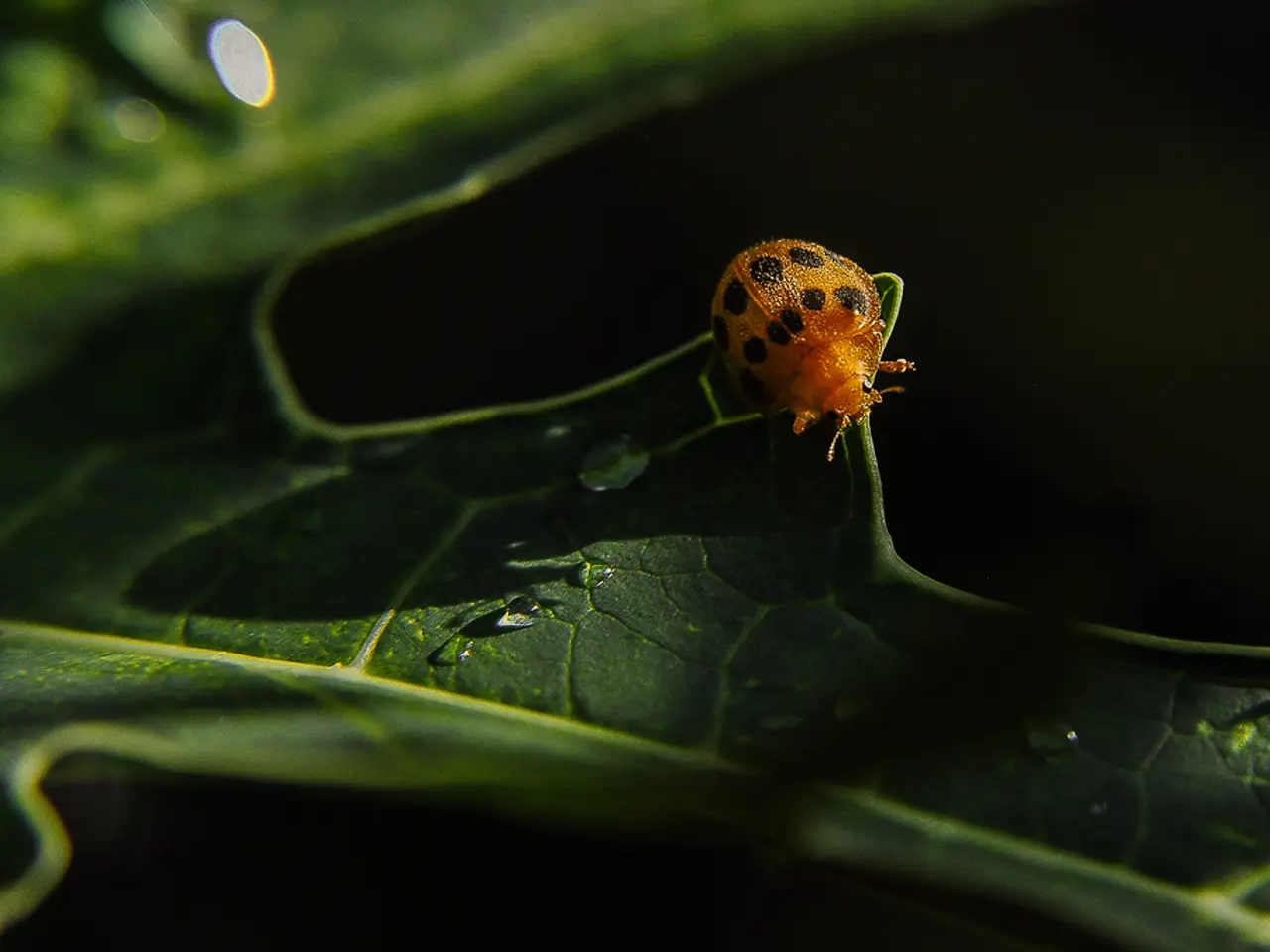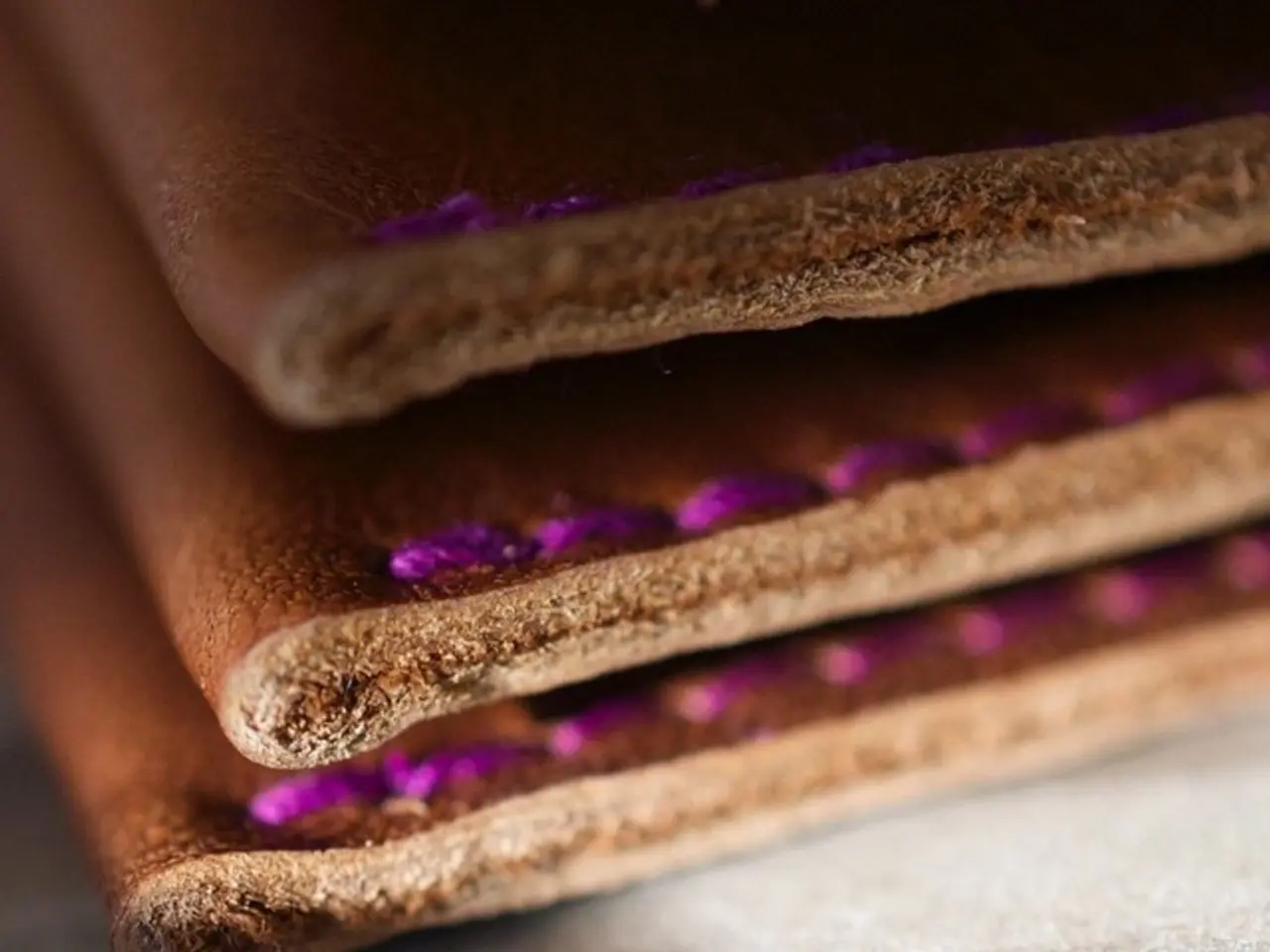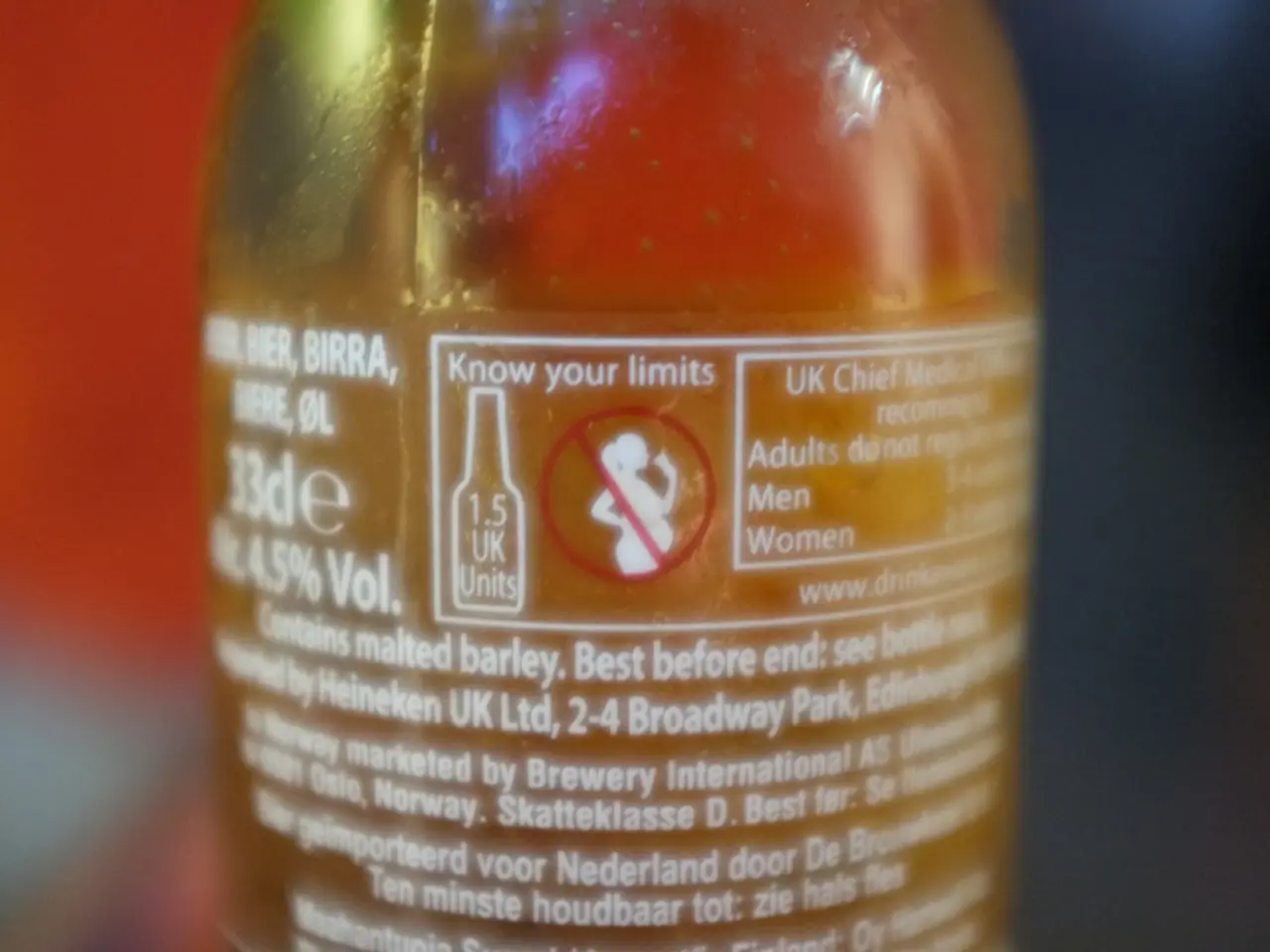Curling Citrus Leaves: Identifying Common Causes and solutions for this Issue
Tackling Citrus Leaf Curl: A Comprehensive Guide
Citrus leaf curl, a common issue affecting citrus plants, can be caused by a variety of factors, including pest infestations, nutritional deficiencies, fungal or viral infections, and environmental stresses.
Identifying the Problem
The most common cause of leaf curl in citrus is drought stress. Signs of drought stress include leaves curling inward while retaining their green coloration and dry soil around the tree. If the soil checks out, potential issues could be nutrient deficiencies, such as insufficient potassium, nitrogen, or calcium.
One particular pest that contributes to citrus leaf curl is the citrus leaf miner. These insects tunnel through leaf tissues instead of sucking on leaf juices, causing curling and damage to young growth. Other sap-sucking pests like aphids, mites, and psyllids can also cause deformations including curling and cupping in leaves, as well as discoloration.
Treatments
Addressing citrus leaf curl requires a multi-faceted approach.
Pest Control
To manage pests like citrus leaf miners and sap-sucking insects, regular monitoring is essential. Biological controls and targeted interventions can help keep pest populations under control. For sap-sucking pests, insecticidal soap or neem oil can be used to treat infestations, making sure to coat areas where pests were spotted.
Nutrient Management
Correcting soil deficiencies is crucial for maintaining leaf health. This can be achieved by adding appropriate fertilizers and compost to restore potassium, nitrogen, or calcium levels. However, it's important to check the soil pH and nutrient levels before fertilizing to ensure there aren't bigger problems.
Fungal and Viral Disease Management
Using disease-resistant varieties, practicing good crop hygiene, and potentially applying fungicides when applicable can help manage fungal and viral diseases.
Environmental Care
Ensuring proper irrigation, avoiding overwatering, improving soil drainage, and reducing stress on plants by pruning and proper cultural practices are essential for maintaining optimal growing conditions.
For citrus specifically, lime sulfur sprays may be used preventatively to reduce pests that cause leaf curl damage. However, identifying the exact cause of leaf curl is essential to apply the correct treatment, as symptoms can overlap with those of other plants like apple or bell pepper leaf curl.
The Role of Experts
Caroline Bloomfield, the Manager of Marketing Communications, and Kristi Waterworth, a regular contributor to the platform, have been at the forefront of providing advice and answers to queries on plant pests and diseases. Their expertise and knowledge play a significant role in helping gardeners tackle problems like citrus leaf curl effectively.
In summary, controlling pests (notably citrus leaf miner), providing balanced nutrition, managing diseases, and maintaining optimal growing conditions are key to treating and preventing citrus leaf curl.
If you're keen on expanding your gardening knowledge beyond citrus leaf curl, consider delving into home-and-garden content for a broader lifestyle approach. For instance, implementing techniques in home-and-garden gardening could potentially lead to a healthier garden ecosystem, with your citrus trees benefiting from a more balanced soil and improved resistance to pests. Moreover, learning about the right nutrients for different plants can help in addressing nutrient deficiencies that may yield symptoms such as leaf curl in various types of trees, not just citrus.




